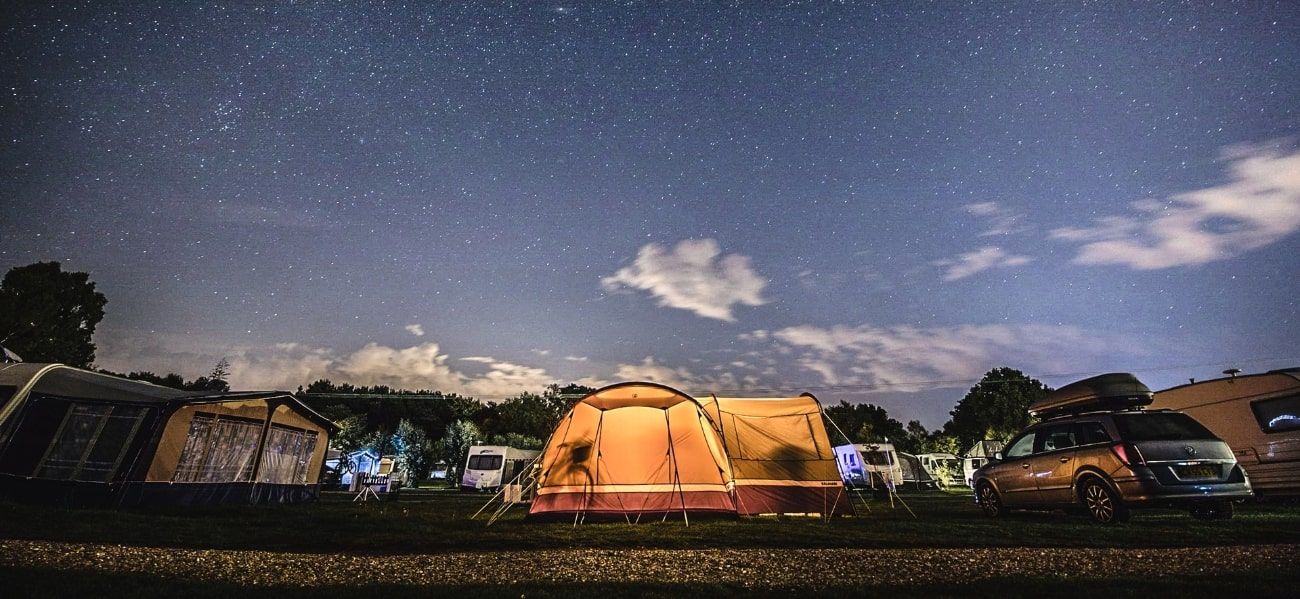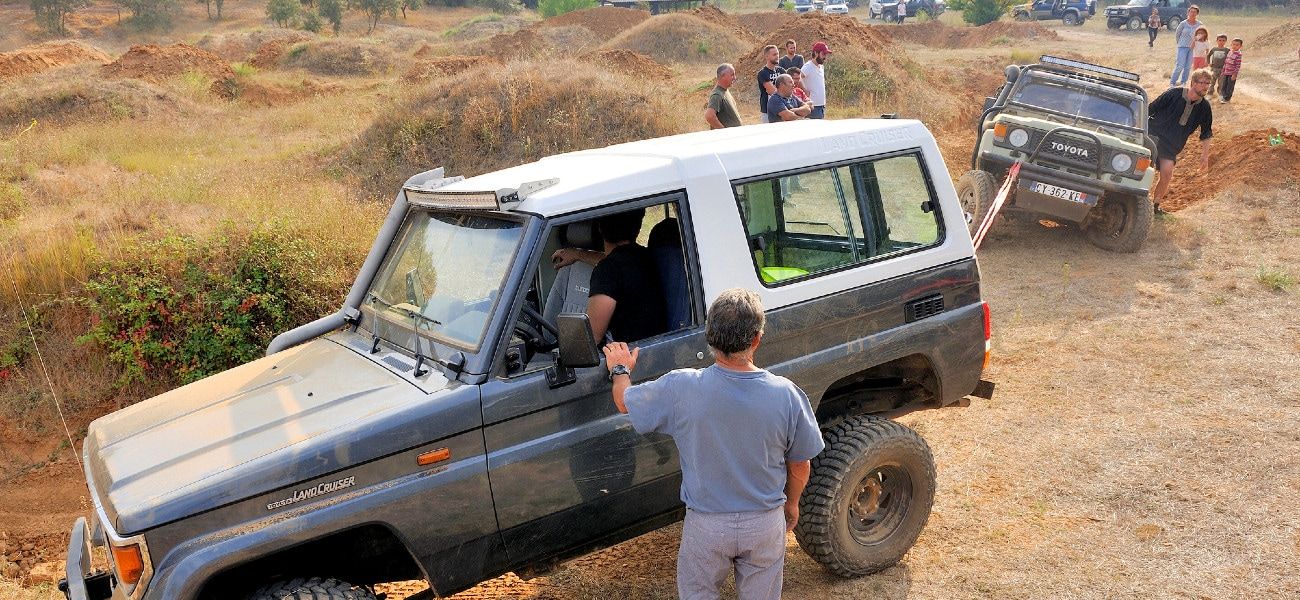These days, there’s so many different options when it comes to picking a shelter for camping.
But which one is right for you? Well, it depends. In this article, I’ll be comparing three of the most popular options - swags, tents and roof top tents. Let’s take a look at each of them and see how they stack up!
This guide will hopefully make your research and decision making process quick and easy.
Swags
A swag is a portable shelter for camping that is usually made of canvas. It typically comes with a foam mattress included to make set up a breeze - you really don’t need anything else apart from a sleeping bag.
In a way, swags themselves can be seen as large, protected sleeping bags for one to two people (yes, there are double swags suitable for 2 people). Swags cover the whole body including the face to protect you from the elements.
Price
In terms of price, you will be looking at around $200 - $600. The cost depends on a variety of factors including: material, size, and features.
While typically made from canvas, they can be made out of other materials including polyester-cotton blends of different ratios. Other differentiators include the quality of the zippers and quality of the buckles used to secure the swag.
The size of the swag will also affect the cost - the larger the swag, the higher the cost. The cost may also depend on any extra features that the swag contains including pockets, waterproof swag bags, and extra poles.

Ease of Setup
Swags are a shelter option for those who want simple, no-fuss setup. Setting up a swag is simple as it uses just one to three poles and can be set up in as little as a minute.
Comfort
For comfort, the most important thing to look at is the thickness of the mattress. Typically, the mattresses will come in sizes between 50mm and 70mm, with 70mm offering more comfort and acting as a thicker barrier from the ground.
If you want to increase the comfort of your swag, consider putting it up on a swag stretcher.
Another thing to look for will be the waterproof rating. A rating of at least 1,000mm is required to be considered truly waterproof.
Be aware that most canvas swags require seasoning after purchase to improve their waterproofing.
Safety
Swags are durable and offer significant shelter from wind and rain.
Unlike rooftop tents, you are, of course, camping on the ground and therefore at greater risk of encountering wild animals and insects. Make sure that you seal your swag up well at night to prevent these creepy crawlies from making their way in!
Tents
A tent is ideal for the traveler that desires a bit more space at night. Held together with tent poles, this portable shelter will offer you an experience similar to a private room along with plenty of space to store your personal items.
Price
The price for a tent can range anywhere from $50 - $1,500. As with all camping goods, you’re going to get what you pay for in terms of size and quality when it comes to tents.
The price will vary depending on the style and size of the tent, as well as the materials and build quality.

Ease of Setup
How easy a tent will be to set up depends on a combination of the type of tent used and your overall experience when it comes to setting up that tent. Practice makes perfect!
The first time you set up a tent shouldn’t be while you’re out, hiking, and desperately need a place to sleep. Take the tent out in your backyard and practice! With a few practice attempts, setting up a tent is quite easy and painless.
Generally, tents are a little more difficult to set up than swags, yet generally easier than roof top tents (at least the soft shell varieties).
If you want a tent that is very easy to set up, go for a pop up tent. Just take them out of the bag and they will pop into shape immediately!
Comfort
A tent offers an aspect of comfort that other portable shelters don’t - room to move. There are many different sizes to choose from in order to accommodate you and your companions.
Depending on how big your tent is, you may even be able to use air mattresses and cots inside the tent!
Safety
Similar to camping in a swag, tents offer a safe way to camp as long as you pitch your tent in an appropriate location (ie. not in a riverbed or at the bottom of a depression). Be sure to stake out your tent properly.
As with swags, you’ll need to take precautions to prevent snakes or insects entering your tent overnight. If possible, bring your shoes into the tent with you, this will prevent anything unpleasant from sleeping in them overnight!
Rooftop Tents
If you’re looking at getting off the ground, a rooftop tent may be for you! These tents are mounted to your vehicle - making your camping experience a little more luxurious.
Price
Rooftop tents are definitely on the more expensive side in terms of pricing and will cost around $1,000 - $4,000.
The price will vary based on whether it is a hard shell or soft shell, as well as the overall size. The hardshell options are more expensive, yet they are easier to set up and offer more protection from the elements.
Like swags, rooftop tents come with a mattress included. You can often leave the mattress along with the bedding in the roof top tent when you pack it up, which is very handy!

Ease of Setup
Ease of setup depends on whether you have a hard shell or soft shell tent! Hard shells typically only take a few seconds to set up (take off the straps and let the gas struts open up your tent!).
Soft shells require you to take off the straps, open up the tent, set up the ladder, secure the windows etc. It usually takes around 5 minutes to set up a roof top tent.
In saying that, the initial mounting of your rooftop tent to your vehicle can often take 1 to 2 hours, especially if it is your first time doing it! However, you only need to do this when taking the tent on and off your vehicle, which hopefully isn’t very often.
If you don't go camping in the colder months, you may wish to store your rooftop tent until the camping season rolls around again!
Comfort
Rooftop tents are very comfortable to sleep in, thanks to the included mattress. The internal height varies depending on the model, but you can’t stand up inside these tents, which can make it feel less roomy than a regular ground tent.
Safety
When using roof top tents, it’s important that you are aware of the load limits for your vehicle and roof racks. Breaching these may result in damage to your vehicle or tent.
You also need to be careful when using the ladder to get in and out of your tent. At night or after rain, it is much easier to slip while climbing in and out of the tent, so please take care!
The main safety benefit of being up on top of your vehicle in one of these is that you are away from snakes, insects and crocodiles (a problem if you are camping in Northern Australia).
Conclusion
Camping is a wonderful experience, especially when paired with a comfortable shelter. Use this guide to figure out whether a swag, a tent, or a rooftop tent is the right option for you, then head out on your next adventure into our great outdoors!
Which one do you think you’ll be getting? Let us know in the comments!
This article may contain affiliate links. I will earn a commission if you choose to purchase a product or service after clicking on my link. This helps pay for the cost of running the website. You will not be disadvantaged in any way by using my links.
Note that while every effort is made to ensure the accuracy of the information on this page, there may sometimes be errors. Check all specifications with the manufacturer before purchasing any product.



